walking with Matteo Caccia
From Thursday, 30 May 2019 to Sunday, 2 June 2019
Matteo Caccia is a theatre actor, writer and radio presenter. Since 2016 he has been the presenter of “Pascal”, a radio broadcast on Rai Radio 2, where the audience and its real-life stories are the true protagonists.
For ArtePollino and the Matera Basilicata 2019 Foundation, he will be involved in a journey, designed with the cooperation of “Il Circolo dei lettori” foundation (project’s partner). A great walk across villages and landscapes, from the Pollino National Park to Matera, with the involvement of local communities, citizens and all those who wish to live an experience that combines walking with reading of novels and essays on the relationship between man and nature.
For further information on how to participate and the detailed programme, please contact us at info@artepollino.it or 0973859455
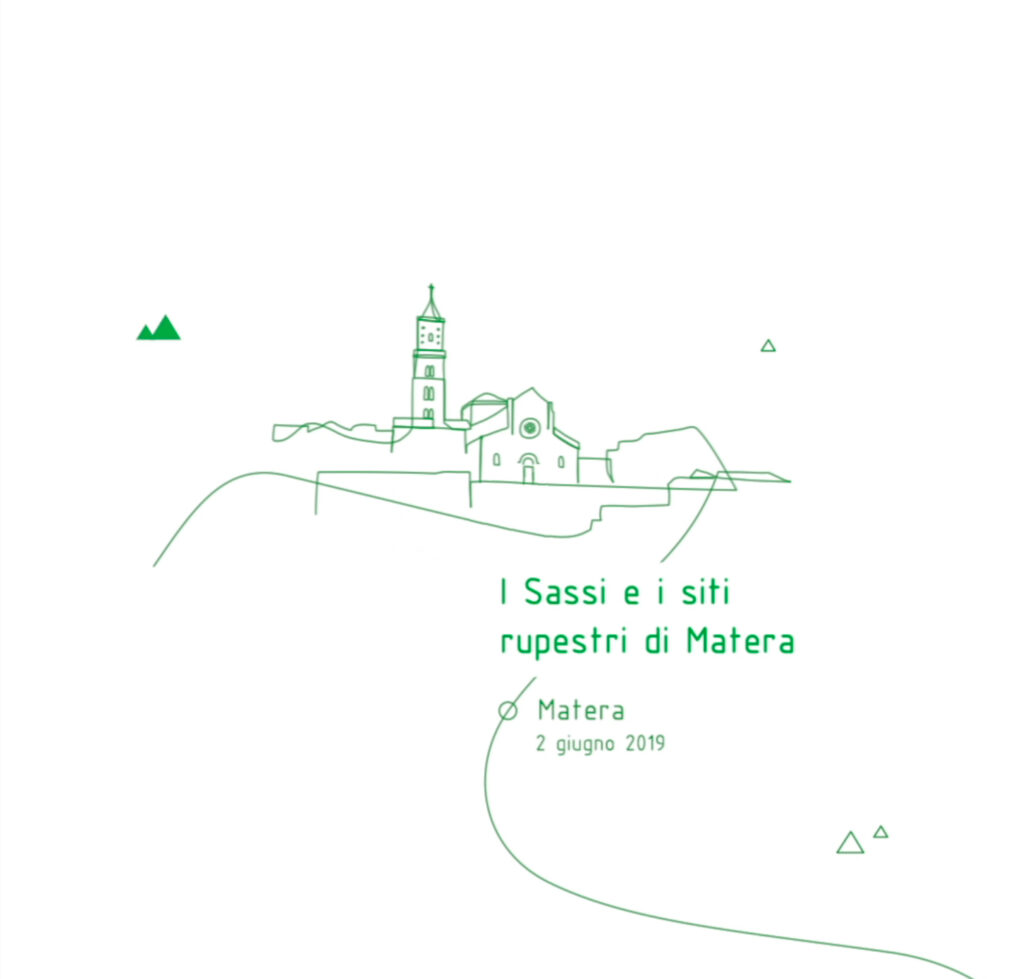

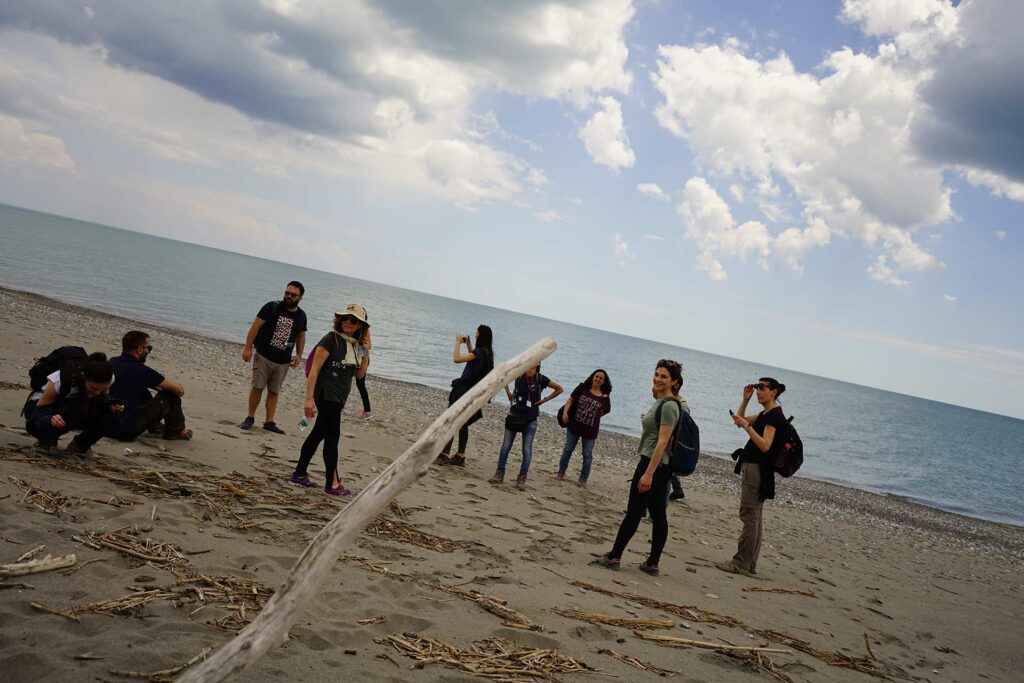
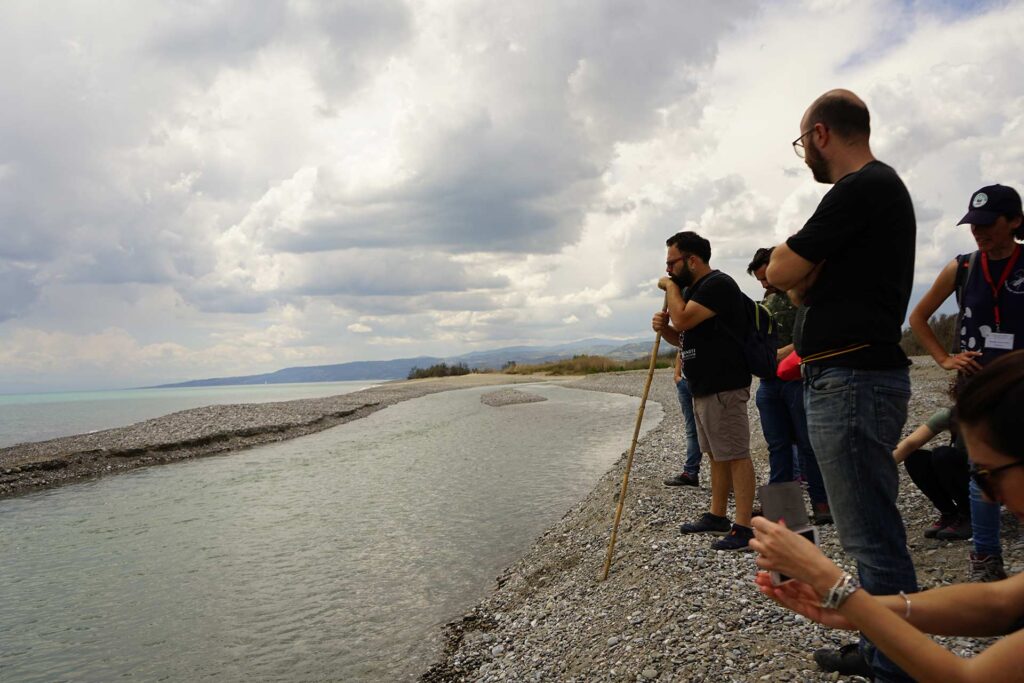
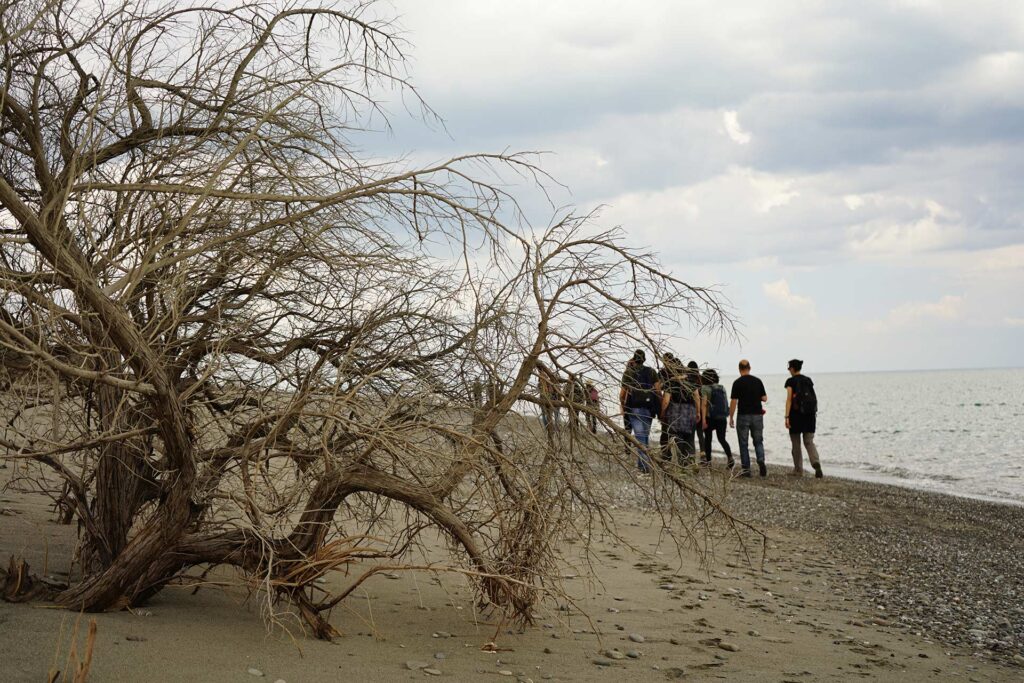
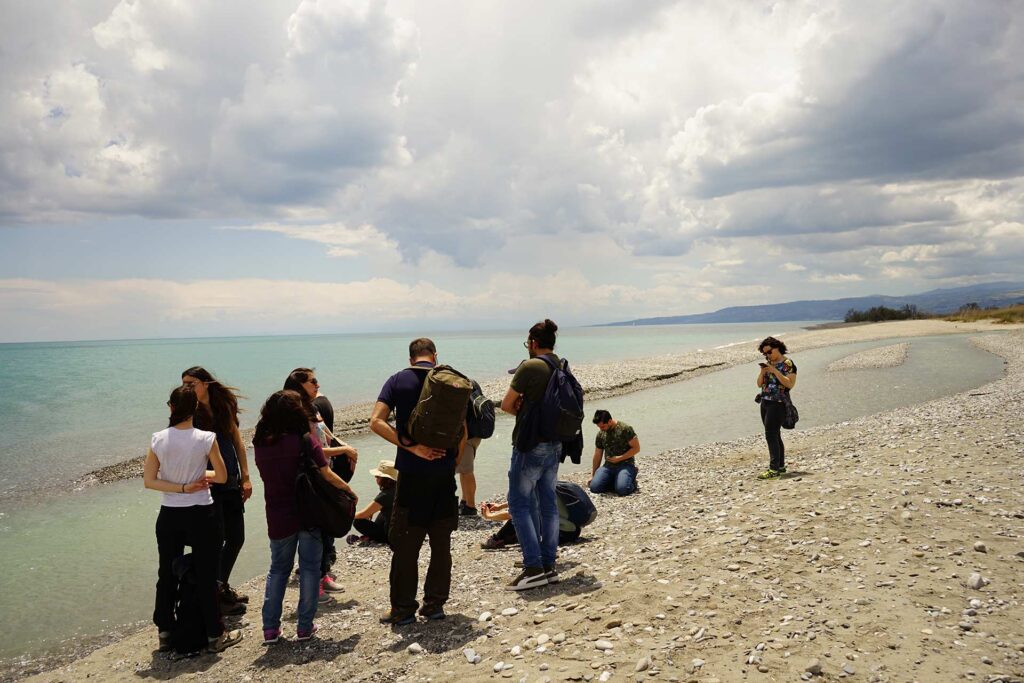
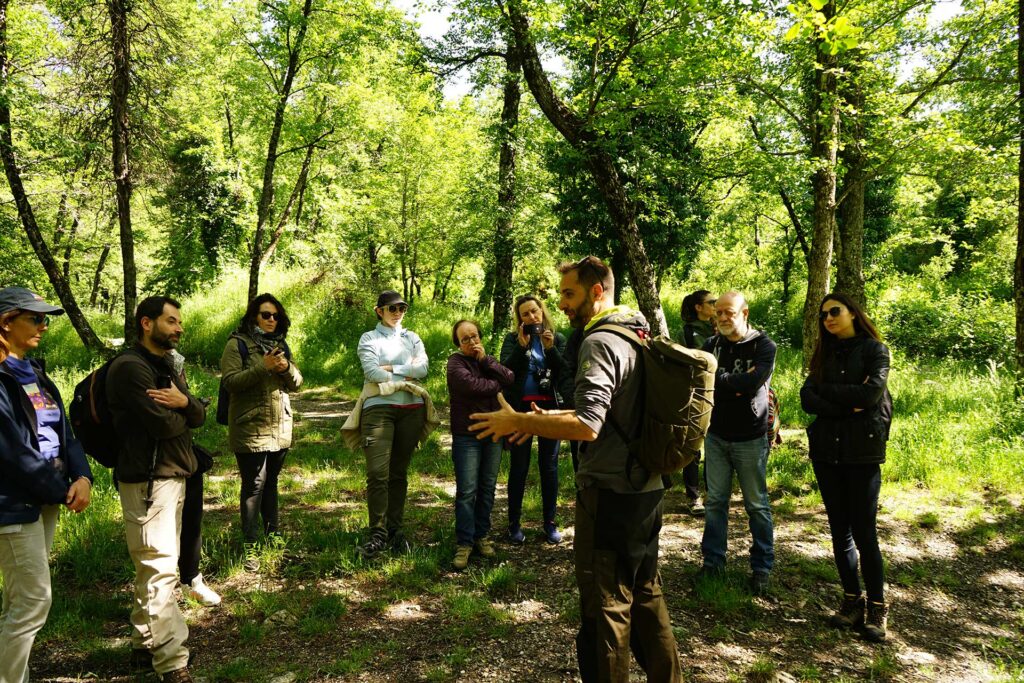

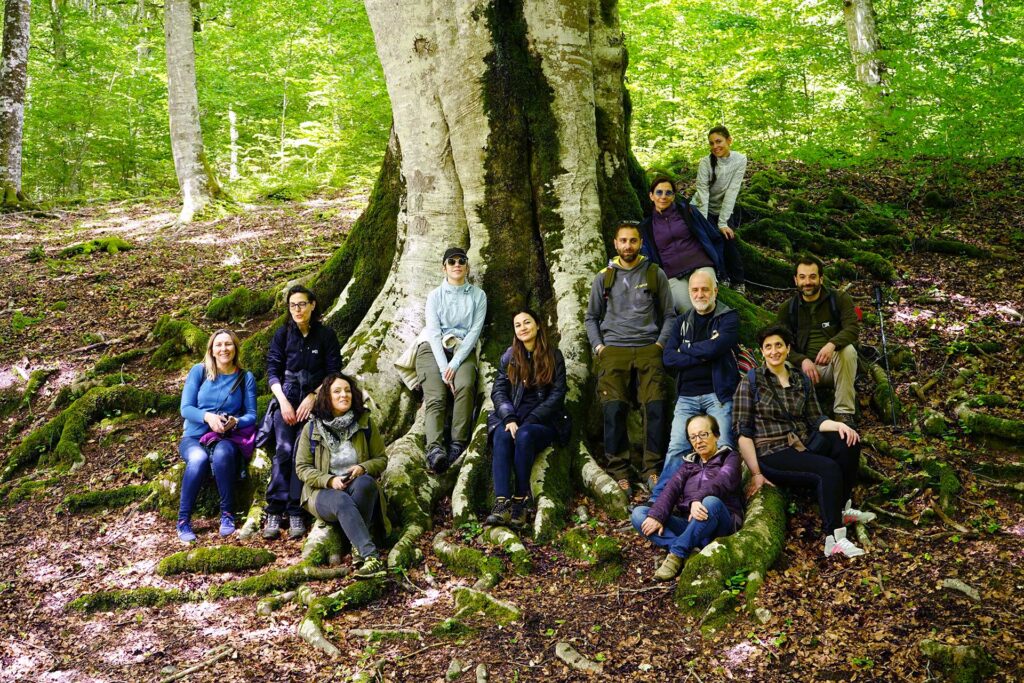
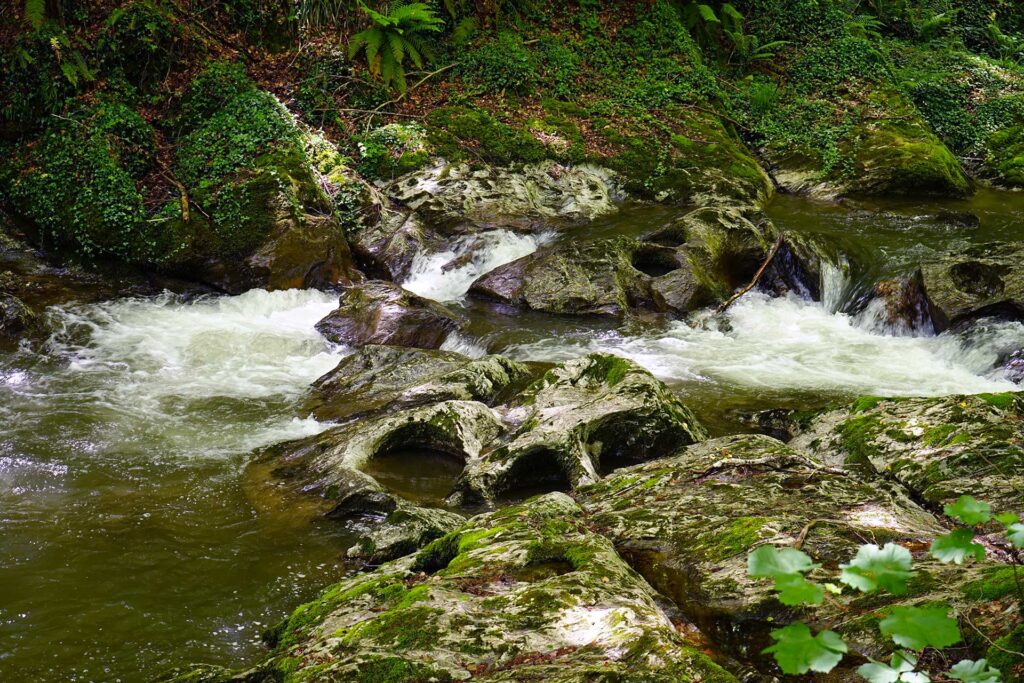
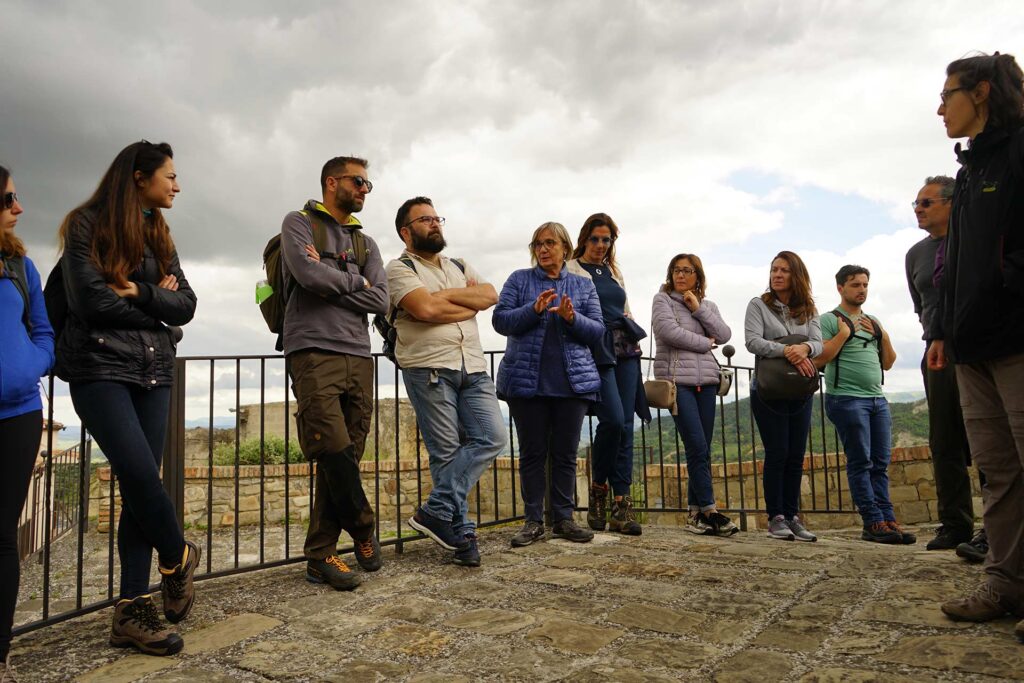



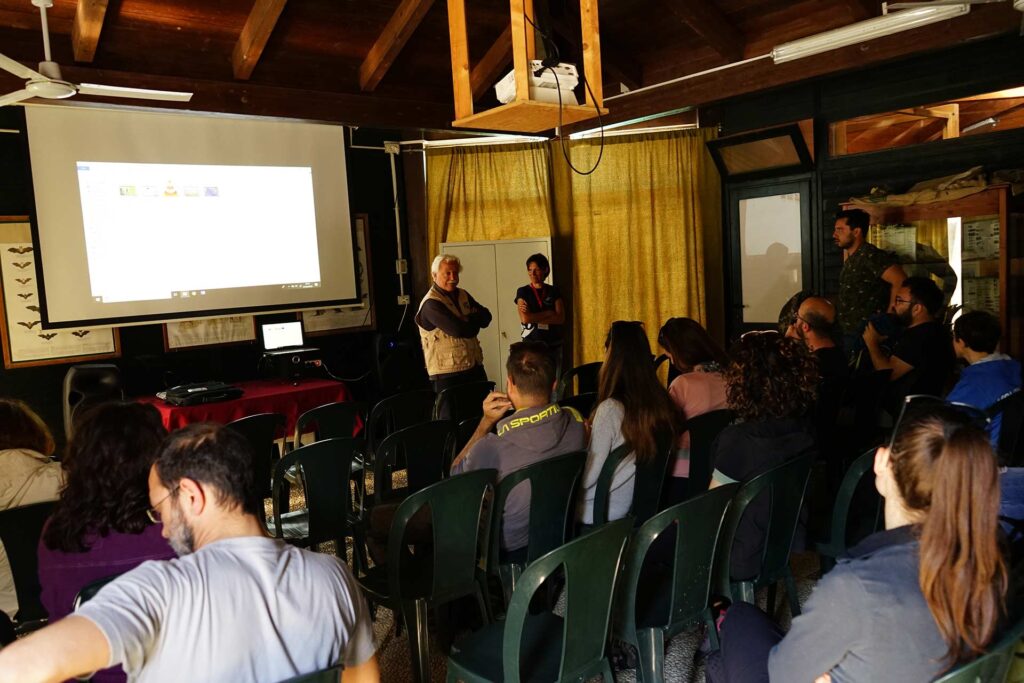
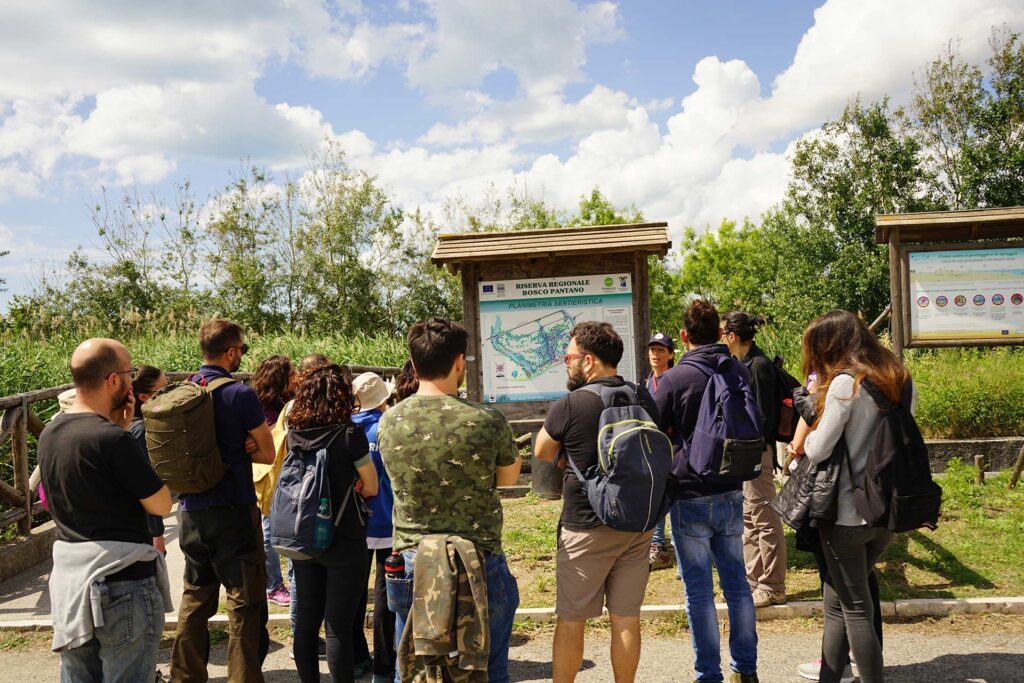
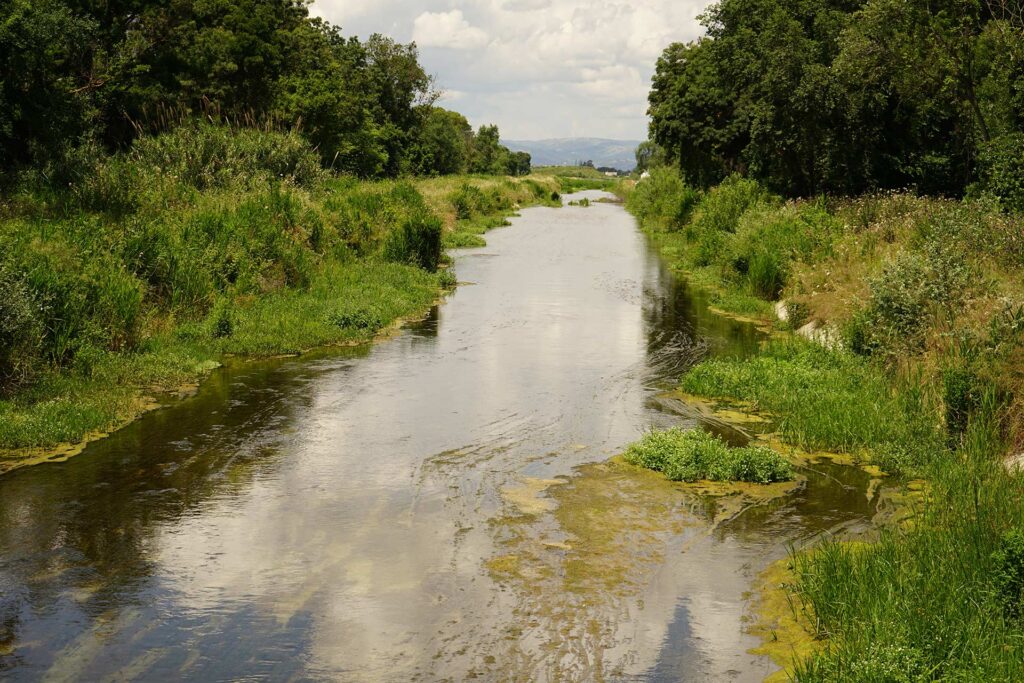
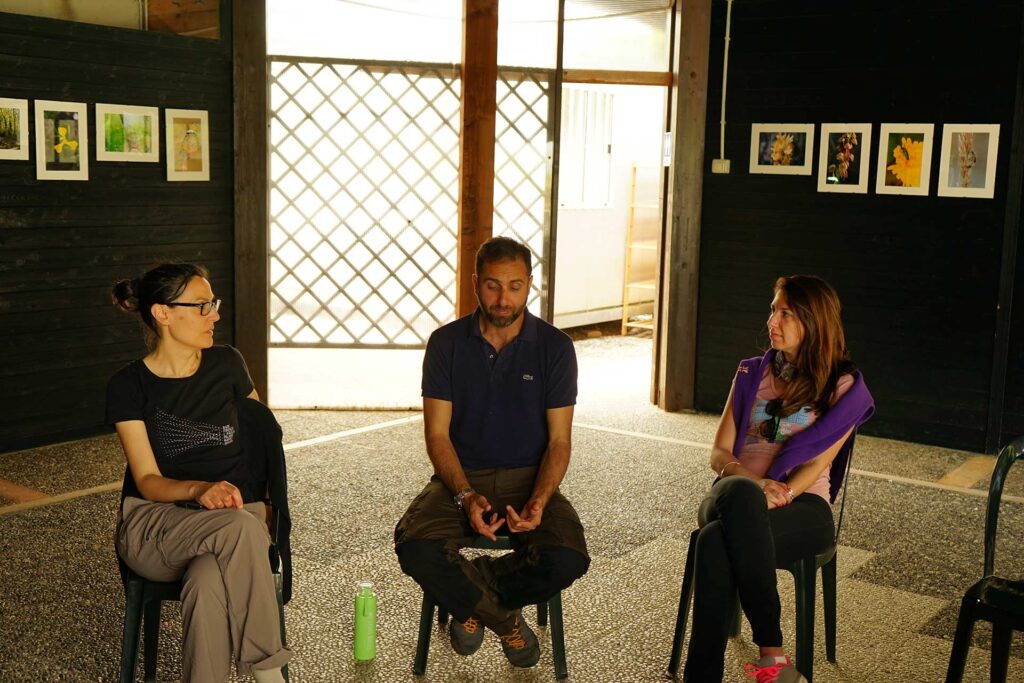

Departure location
Pollino National Park
Over 180.000 hectares, 56 municipalities: 32 in the province of Cosenza, 22 in the province of Potenza and 2 in the province of Matera. The Pollino National Park is the largest protected area in Italy and offers its visitors a rich variety of landscapes. The Pollino massif is located in the heart of the Mediterranean area, representing, at the same time, both the boundary and bond between Basilicata and Calabria. It is the kingdom of the Bosnian pine (pino loricato in Italian), the wolf and the golden eagle. It was probably named after the “Mons Apollineus”, mountain of the god Apollo, thanks to its great variety of medicinal plants. Its high peaks and anthropic landscapes range from the Ionian to the Tyrrhenian sea, where the blue of the sky and the sea merge. This impressive massif is the place where myths, history and legends combine together in some truly fascinating, multifaceted natural scenery. Some communities of Arbëreshe (Italian-Albanian) culture, language and traditions still live here, along with the archaeological remains of the dominations that have ruled over the centuries. Therefore, the Pollino National Park is an experience that combines plenty of reasons: exploring its unusual and, in many respects, still wild nature; learning about the culture, uses and traditions of southern Italian people; exploring a protected area that is trying to enhance its resources to offer its visitors endless chances to enjoy the beauty of landscapes, the thrill of discovery and the pleasure of ‘regained time’.

San Severino Lucano PZ
9 am: meeting in Latronico (PZ) and shuttle transfer
9.45: walk along the Peschiera stream
Bosco Magnano is a beech forest, rich in Turkey oaks and hornbeams. The forest winds along a stretch of the Peschiera stream, a tributary of the Frido river and a biotope of significant interest, due to the presence of otters and many other species who live in its rivers and lakes. During the walk, we will be able to visit the area where the deer is being reintroduced.

Aliano MT
9 am: shuttle transfer to Aliano (Matera)
10.30 am: walk along the clay gullies known as “Calanchi” and visit to the hometown of Carlo Levi
The itinerary explores the moon-like landscape of the Calanchi. These clay gullies originated from erosion and the wash-out effect of water on the clay rocks, creating some very fascinating scenery. The journey will include a visit to the places where Carlo Levi spent his exile, as well as the cemetery where he chose to be buried.

Policoro MT
9 am: shuttle transfer to Policoro
10 am: walk through the Pantano forest in Policoro
The WWF nature reserve of Bosco Pantano is one of the last lowland forests still existing in the Mediterranean area. It is characterised by woodlands, sand and marshland, as well as the typical Mediterranean vegetation. Along its trails, it is possible to spot hedgehogs, hares, porcupines and badgers, as well as many migratory birds. The coast is also inhabited by the Caretta Caretta turtle. The reserve is marked by the presence of the Sinni river, which originates from Monte Serra Giumenta (1518 m), on the Sirino massif, and after crossing the provinces of Potenza and Matera, flows into the Gulf of Taranto. In its final stretch, the river crosses the Pantano forest.
The anciente Herakleia (now known as Policoro) was founded in the 6th century BC on the ashes of the colony of Siris. Today, it houses an Archaeological Park which keeps the ruins of the temple dedicated to Demeter and the ancient urban layout of the city, near which the famous battle between Pirro and the Romans took place.

Matera
9 am: shuttle transfer to Matera
10 am: walk around the Sassi
The itinerary explores the famous Sasso Caveoso district, including the medieval neighbourhoods and necropolises. A journey into discovering the history of the ancient city of Matera. During the walk, it will be possible to visit the rock churches, typical of the rural civilisation, which are completely carved into the rock. Visits to the cave houses, the neighbourhoods, the Murgia plateau and the Garavina canyon are also included.
Matera
It is a thousand-year old city, among the oldest in the world, with over 10,000 years of history. The rock caves, the rocky plateau of the Murgia and some prehistoric cave dwellings in the Sassi keep stories of ancient settlements. Over time, Matera has been inhabited by various ethnic groups and monks who have settled in the town and left their traces on this indescribably charming place. From the natural cavities carved by the wind and the rain in ancient times to the first rock caves dug by men, who discovered how easy it was to shape the limestone.
That’s how the underground dwellings of the Sassi were created, in the depths of mother earth. And on the cavities, the first dwellings were built with tuff taken from the local stone quarries. Houses and caves of bizarre architectural style are located along the alleys and squares, creating a very intricate network, where the roof of one house is the floor of the one above. A maze of streets and caves that has intrigued many scholars. The water collection system is one of the reasons why Matera was nominated a UNESCO World Heritage Site.
For further information on how to participate and the detailed programme, please contact us at info@artepollino.it or 0973859455